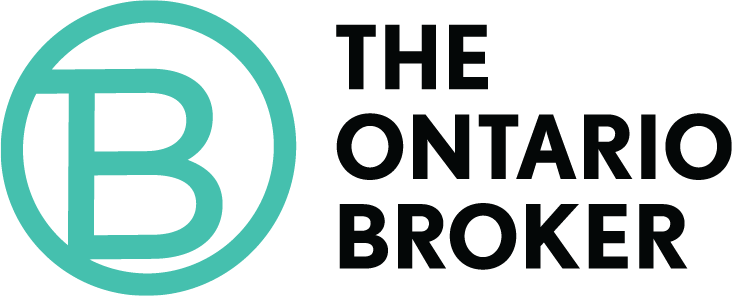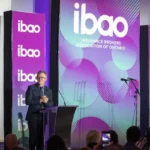

Pierre Bourdeau—Director P&C Insurance Marketing
In our last edition of the Marketing Minute, we reviewed the concept of a marketing funnel and how it’s used to segment customers through their purchasing stages of awareness, consideration or conversion. We also defined acquisition marketing as the process of creating a campaign that targets individuals who already know and believe in your brand. And finally, we outlined how to determine your marketing campaign strategy.
With your objective and strategy identified, the next step is to establish who you want to target and what channels will work best for your campaign. A little pre-work is required to get there.
Getting Specific
First, you need to identify your potential customer. For example, in an acquisition campaign, you could look for profitable customers in a particular area. You may want to expand your customer base by targeting a new neighbourhood or territory. Once you’ve identified your target market, a little research can go a long way.
Some great online resources are available to help you identify details about your target areas and the people who live in them. This will help you develop the most relevant messaging and the best tactics to deliver your message. For example, let’s say you’ve decided to target a specific FSA. Many free website options are available to help identify its specific demographics, such as population, number of households, median age, etc. There are also resources, such as the Prizm segments by Environics Analytics, that will help you identify their lifestyle types, behaviours and what is important to them.
Knowing the specifics will help you decide what tactics to use, such as social media, digital display, direct mail or television, and the best ad placement to drive results. For example, suppose your target market is young families with young children. In that case, you may opt to advertise on parenting-focused websites or social media channels.
The Power is in the Message
When crafting the messaging for your campaign, no matter the tactics or platforms you pursue, it’s essential to have one central message. It should be laser-focused and specific around what you’re offering consumers and what action you want them to take.
For the message to be effective, think about the one thing you want your target audience to say back to you upon seeing it. It should also be written based on where your audience is in their buying journey. Look back at the marketing funnel, and identify what stage they’re at – each phase warrants a different message to trigger the action you’re looking to achieve:
Awareness stage – “To find out more, visit our website.”
Consideration stage – “Book an appointment with us to get a quote.”
Conversion stage – “Buy now.”
Driving it Home
Revisiting this funnel and ensuring you stay focused within one stage of it will help ensure the tactics and messaging you create is consistent with your expected outcome. But be sure that your audience is already aware of who you are if you’re pursuing conversion-based activity. If they don’t know you, they won’t buy from you!
“For the message to be effective, think about the one thing you want your target audience to say back to you upon seeing it.”



